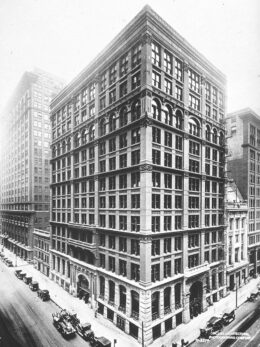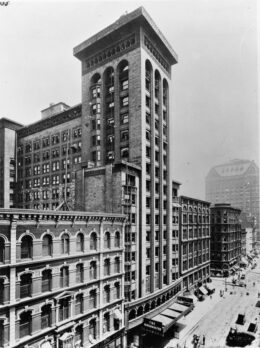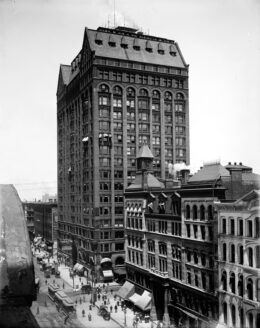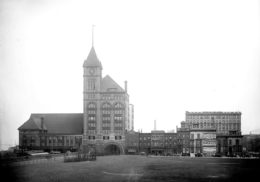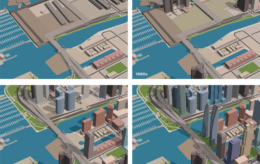Lost Legends #12: The Home Insurance Building
In this edition of ‘Lost Legends,’ we look at what is often considered the worlds first skyscraper, the Home Insurance Building. The groundbreaking building stood 10 stories at a height of 138 feet tall at the time of its initial completion in 1885. In 1891 two floors were added bringing the building to the height of 180 feet.

